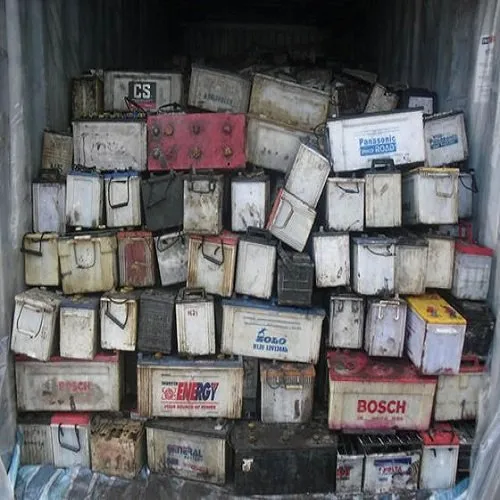Description
Lead Battery Scrap: A Key Resource in Sustainable Recycling
Lead battery scrap plays a vital role in modern recycling systems. It originates from used automotive, industrial, and renewable energy storage batteries. Because of its high lead content, it offers significant value for both environmental sustainability and industrial reuse.
What Is Lead Battery Scrap?
In general, lead battery scrap consists of used lead-acid batteries that contain lead plates, lead oxide paste, and sulfuric acid. Most of these come from vehicles and power backup systems. After these batteries reach the end of their life cycle, they become ideal candidates for recycling.
Environmental and Economic Benefits
Notably, recycling lead battery scrap reduces the environmental impact of mining and smelting new lead. It consumes up to 60% less energy compared to producing lead from raw ore. Moreover, it prevents the release of hazardous substances like sulfuric acid into the environment. From an economic standpoint, industries benefit by lowering material costs and supporting sustainable manufacturing processes.
The Recycling Process
First, collectors gather used batteries from various sources such as garages, warehouses, and disposal sites. Then, recyclers break them apart in a controlled setting. During the process, they neutralize the acid and separate the lead parts. Afterward, they melt the lead to produce refined ingots. Furthermore, plastic components are also cleaned and reused, making the process almost fully sustainable.
Applications of Recycled Lead
Recycled lead serves a variety of purposes. Most commonly, it is used to manufacture new batteries. Additionally, industries use it in products like radiation shielding, cable sheathing, and even building materials. Because of its high purity and consistency, recycled lead remains a dependable raw material for many sectors.
Global Demand and Regulation
Due to increasing demand for vehicles and backup power systems, the volume of lead battery scrap continues to rise. Consequently, governments have introduced strict recycling standards to ensure safe handling and environmental protection. These regulations not only promote sustainability but also encourage responsible resource management.
Conclusion
In conclusion, Lead battery scraps provides an efficient, eco-friendly solution for recovering valuable materials. Its recycling offers energy savings, pollution control, and raw material for various industries. As the world shifts toward greener practices, the role of lead battery recycling will only grow more essential.


Reviews
There are no reviews yet.